For millennia, snakes have symbolized both death and healing across cultures worldwide. This duality is perfectly embodied in snake venom itself—a complex cocktail of proteins and enzymes that can both take lives and save them. From ancient medical texts to modern pharmaceutical laboratories, snake venom occupies a unique space in the intersection of danger and medical potential. As our scientific understanding advances, researchers continue to unlock the therapeutic treasures hidden within these toxic substances, transforming what was once only feared into something that offers hope for treating some of humanity’s most challenging medical conditions.
The Deadly Composition of Snake Venom
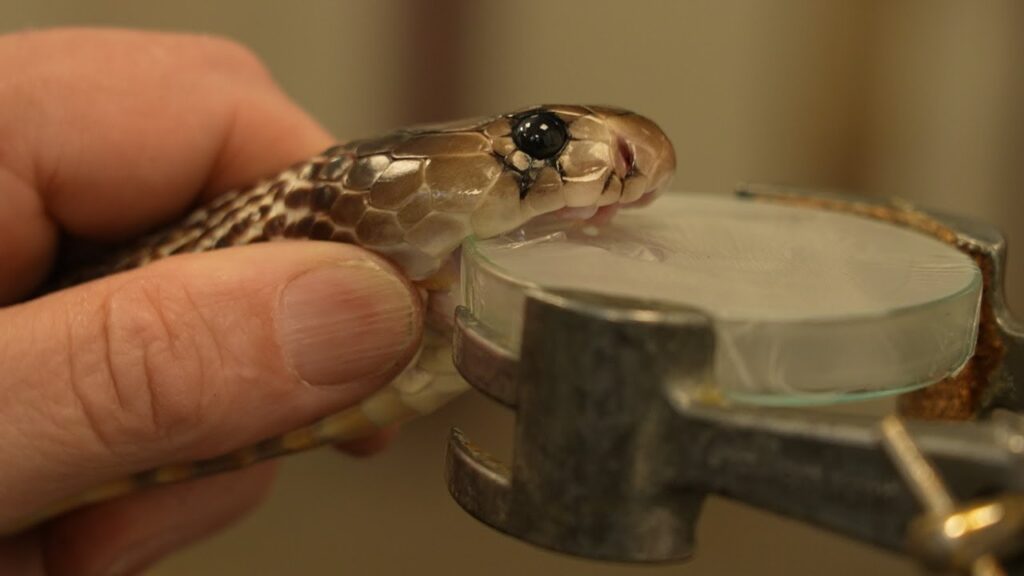
Snake venom is far more complex than a simple poison, consisting of hundreds of different proteins and compounds that have evolved specifically to immobilize, kill, and digest prey. These protein cocktails can vary dramatically between species, with some focusing on neurotoxins that attack the nervous system while others produce hemotoxins that destroy blood cells and tissue. The potency of these venoms is remarkable—a single drop from certain species like the inland taipan can kill over 100 human adults. The sophistication of venom lies in its precision, with molecules designed to target specific physiological processes such as blood clotting, muscle contraction, or nerve signal transmission. This deadly efficiency is the result of millions of years of evolutionary refinement, creating substances perfectly tailored to overcome prey defenses.
Historical Fear and Cultural Significance
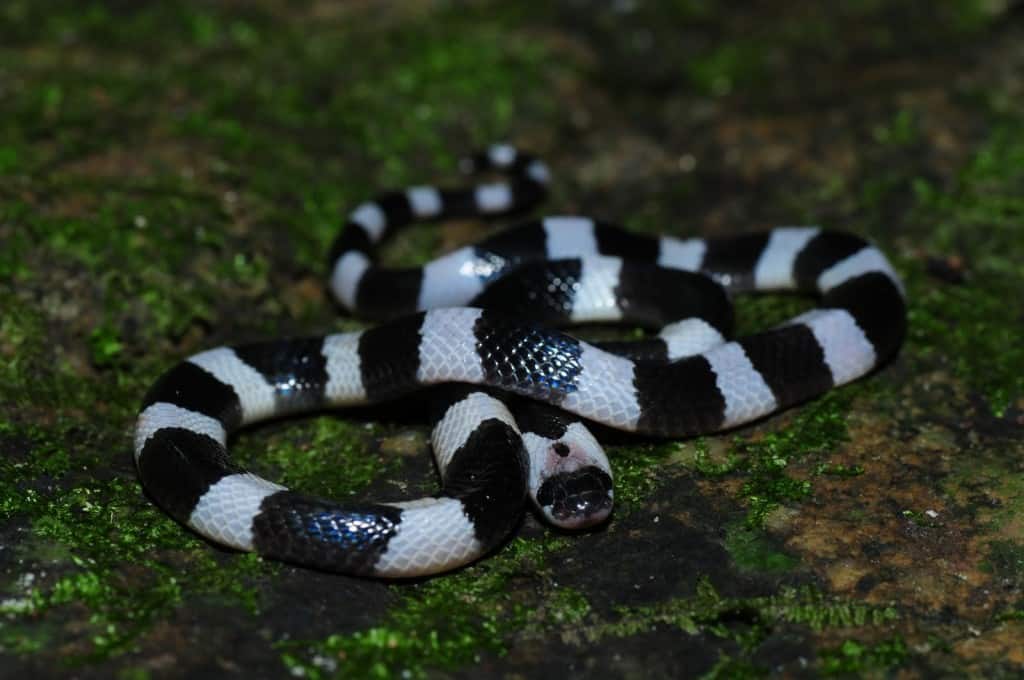
Throughout human history, venomous snakes have been objects of both fear and reverence, embedded deeply in cultural mythologies and religious symbolism. Ancient Egyptians worshipped the cobra as a symbol of royalty and divine protection, while in Greek mythology, the staff of Asclepius—a rod with a snake coiled around it—became the enduring symbol of medicine that persists to this day. Indigenous cultures across continents developed sophisticated knowledge of which snakes were dangerous and how to treat their bites, often incorporating snakes into healing rituals and spiritual practices. The biblical serpent in Eden represents temptation and knowledge, further cementing the snake’s ambiguous status in human consciousness. This historical duality perfectly mirrors the paradoxical nature of snake venom itself—capable of both destroying and healing.
The Global Impact of Snakebite Envenomation

Snakebite envenomation remains one of the most neglected tropical diseases, killing an estimated 100,000 people annually and leaving approximately 400,000 more with permanent disabilities including amputations and neurological damage. The burden falls disproportionately on rural communities in developing regions across Africa, Asia, and Latin America, where agricultural workers often encounter venomous snakes while working barefoot in fields. Medical infrastructure in these regions frequently lacks sufficient antivenom supplies, refrigeration for storing treatments, or healthcare workers trained in snakebite management. Economic impacts compound the human tragedy, as survivors may lose their ability to work and families lose breadwinners, pushing vulnerable communities deeper into poverty. The World Health Organization has recognized this crisis by adding snakebite envenomation to its list of priority neglected tropical diseases, aiming to halve snakebite mortality and morbidity by 2030.
The Development of Antivenom: A Life-Saving Breakthrough
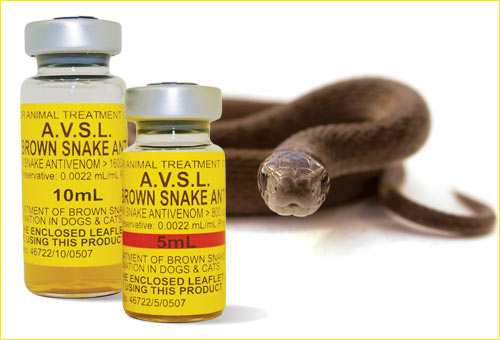
The creation of antivenom in the late 19th century marked a revolutionary turning point in transforming snake venom from merely a lethal substance to something that could indirectly save lives. French physician Albert Calmette developed the first antivenom in 1895 for cobra bites, using techniques similar to those employed in vaccine production. Modern antivenom production typically involves injecting diluted venom into horses or sheep, whose immune systems produce antibodies that can be harvested and purified for human use. When administered promptly, these antibodies bind to venom molecules in the victim’s bloodstream, neutralizing their toxic effects before they can cause irreparable damage. Despite their life-saving potential, antivenom production faces challenges including high manufacturing costs, limited shelf life, and the need for specific antivenoms for different snake species—problems that continue to limit access in many parts of the world.
Venom in Traditional Medicine: Ancient Wisdom

Long before modern science understood the biochemical properties of snake venom, traditional healing systems across the world incorporated it into treatments for various ailments. Chinese traditional medicine has used diluted snake venom for centuries to treat arthritis, neuralgia, and even epilepsy, carefully processing the toxic substance to reduce harmful effects while retaining therapeutic properties. Ayurvedic practitioners in India similarly developed methods to utilize certain snake venoms in treatments for chronic pain, respiratory conditions, and skin disorders. Indigenous cultures in the Americas created poultices containing minute amounts of rattlesnake venom to treat joint inflammation and improve circulation in damaged tissues. These traditional applications once dismissed as mere superstition, have provided valuable research directions for modern pharmacologists seeking to understand venom’s therapeutic potential.
Blood Clotting Medications: From Viper to Pharmacy

Some of the earliest modern medical applications of snake venom components came from studying how certain venoms dramatically affect blood clotting. The venom of pit vipers like the copperhead and cottonmouth contains proteins that can either promote or inhibit coagulation, leading to the development of life-saving medications for bleeding disorders. Batroxobin, derived from the venom of the fer-de-lance snake, is used in diagnostic tests and as a therapeutic agent for certain clotting abnormalities. In contrast, the anticoagulant properties found in other venoms have led to drugs like tirofiban, based on a protein from saw-scaled viper venom, which prevents dangerous blood clots in patients with heart conditions. These medications demonstrate how the same properties that make venom deadly in nature can become precisely controlled tools in medical settings, potentially saving millions of lives annually.
Pain Management Revolution Through Venom Research

The search for effective pain management alternatives to opioids has led researchers to study how certain snake venoms interact with pain receptors and neural pathways. The black mamba, one of Africa’s deadliest snakes, produces venom containing unique peptides called mambalgins that can block pain signals as effectively as morphine but without the risk of addiction or respiratory depression. Cobra venom contains components that specifically target certain pain transmission channels, potentially offering relief for patients suffering from neuropathic pain that doesn’t respond well to conventional treatments. Researchers at several universities have isolated a compound from the Texas coral snake that activates a different pain pathway than opioids, potentially opening an entirely new approach to pain management. These discoveries could revolutionize chronic pain treatment, offering hope to millions suffering from conditions like fibromyalgia, diabetic neuropathy, and cancer-related pain.
Cancer Treatment Potential in Venomous Cocktails

Among the most promising medical applications of snake venom lies in oncology, where certain venom components have demonstrated remarkable abilities to target and destroy cancer cells while leaving healthy cells relatively unharmed. Contortrostatin, a protein found in copperhead venom, has shown potential in fighting breast and ovarian cancers by preventing tumor cells from forming new blood vessels and spreading to other parts of the body. Research on the venom of the Brazilian pit viper has identified proteins that can distinguish between normal and cancerous cells, selectively binding to cancer cell membranes and triggering cell death. Components from cobra venom have demonstrated effectiveness against lung cancer cells in laboratory settings, inhibiting their growth and migration capabilities. While most of these treatments remain in preclinical testing phases, they represent a potential paradigm shift in cancer therapy—turning one of nature’s most sophisticated killing mechanisms against the disease.
Neurological Disorders: Venom’s Precision Targeting
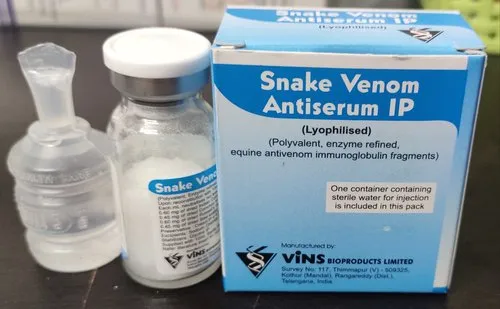
The extraordinary precision with which snake venoms target the nervous system has made them valuable research tools for understanding and potentially treating neurological disorders. Alpha-bungarotoxin, isolated from krait snake venom, has become an invaluable tool for studying receptors involved in myasthenia gravis and other neuromuscular disorders because of its ability to bind specifically to acetylcholine receptors. Certain components from cobra venom have shown promise in research related to Parkinson’s disease by protecting dopamine-producing neurons from degenerative processes. Researchers are investigating how modified neurotoxins from various snake species might be used to selectively block pain signals without affecting other neural functions, potentially creating treatments for conditions ranging from multiple sclerosis to epilepsy. The exceptional specificity of these neurotoxins allows them to act as molecular scalpels, affecting only targeted cells and receptors while leaving surrounding tissues untouched—a precision conventional drugs often lack.
Cardiovascular Medicine Breakthroughs
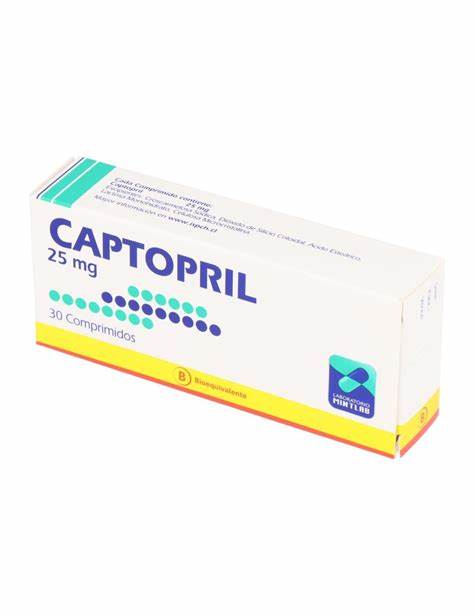
Some of the most successful medical applications of snake venom components have been in the field of cardiovascular medicine, where they’ve revolutionized treatment for hypertension and heart failure. ACE inhibitors, a class of drugs used by millions worldwide to treat high blood pressure, were developed after studying peptides in the venom of the Brazilian pit viper that affected the body’s blood pressure regulation system. These medications have saved countless lives by reducing the risk of heart attacks, strokes, and kidney failure in hypertensive patients. Eptifibatide, derived from rattlesnake venom, prevents platelets from clumping together and is used during angioplasty procedures to prevent blood clot formation. Researchers continue to explore other venom components that show potential for dissolving existing clots, regulating heart rhythm, or improving blood flow to damaged cardiac tissue. These applications represent perfect examples of how substances evolved to kill can be repurposed into life-extending medications.
Diagnostic Tools Derived From Venom

Beyond therapeutic applications, snake venom components have proven invaluable in creating diagnostic tools that can detect life-threatening conditions with remarkable speed and accuracy. The Russell’s Viper venom time test has become a standard method for detecting certain blood clotting abnormalities and monitoring anticoagulant therapy in patients at risk for strokes or pulmonary embolisms. Proteins isolated from eastern brown snake venom are used in laboratory tests to identify deficiencies in specific clotting factors, helping diagnose rare bleeding disorders. Some cobra venom factors have been adapted into diagnostic reagents capable of detecting minute amounts of complement proteins, useful in identifying certain autoimmune conditions and inflammatory disorders. These diagnostic applications highlight how the same molecular precision that makes venoms effective predatory weapons can be harnessed to detect subtle abnormalities in human physiology, often leading to earlier intervention and better patient outcomes.
Challenges in Venom-Based Drug Development

Despite its tremendous potential, developing medications from snake venom presents researchers with significant challenges throughout the discovery-to-market pipeline. The complexity of venoms makes identifying individual therapeutic compounds extremely difficult, requiring sophisticated proteomics techniques to isolate specific molecules from mixtures containing hundreds of different proteins. Once identified, promising compounds must be either synthesized artificially or harvested from snakes in sufficient quantities for research—both expensive and technically challenging processes. The human immune system often recognizes these foreign proteins as threats, potentially triggering severe allergic reactions that must be addressed through careful modification of the original molecules. Regulatory hurdles are particularly steep for venom-derived medications, with extensive safety testing required due to their origins in toxic substances. These challenges explain why, despite thousands of potential compounds identified in venoms, relatively few have successfully completed the journey from snake to pharmacy shelf.
Conservation Implications and Biopiracy Concerns

The growing recognition of snake venom’s medical value raises important questions about conservation and ethical bioprospecting practices. Many venomous snake species face threats from habitat destruction, climate change, and direct persecution, potentially eliminating valuable medical resources before they can even be studied. Indigenous knowledge about snake venoms and their traditional uses has frequently been exploited without appropriate compensation or acknowledgment, raising issues of biopiracy and intellectual property rights. Sustainable venom collection practices must be developed that protect wild snake populations while meeting research and pharmaceutical needs, potentially through captive breeding programs or synthetic production methods. Some conservation organizations have begun promoting the medical and economic value of venomous snakes as an argument for their protection, transforming public perception of these animals from feared pests to valuable biological resources worth preserving.
The Future of Venom Research and Applications
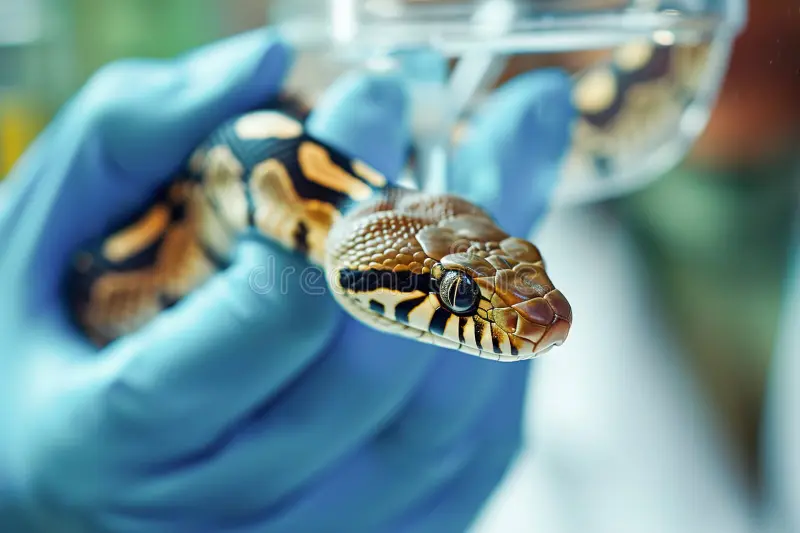
The frontier of venom research continues to expand, with new technologies enabling more comprehensive analysis of these complex substances than ever before. Advanced genetic sequencing and proteomics techniques now allow researchers to identify and characterize venom components more efficiently, potentially uncovering thousands of new bioactive compounds with medical applications. Synthetic biology approaches may soon enable laboratory production of venom peptides without requiring actual snakes, addressing both conservation and scaling challenges. Some research teams are developing venom-inspired “molecular libraries” that can be screened against various diseases, potentially identifying applications the natural evolution of venoms never explored. As our understanding of how these sophisticated biochemical weapons work continues to deepen, the line between curse and cure becomes increasingly blurred, transforming our relationship with these remarkable substances from fear to appreciation of their therapeutic potential.
Snake venom stands as one of nature’s most fascinating paradoxes—evolved as a lethal weapon yet is increasingly recognized as a treasure trove of potential medicines. From saving lives through antivenom to pioneering new treatments for conditions ranging from heart disease to cancer, these complex biochemical cocktails demonstrate how science can transform threats into therapies. As research advances and ethical challenges are addressed, the medical applications of snake venom will likely continue to expand, potentially offering solutions to some of our most challenging health problems. In this transformation from deadly to healing, snake venom perfectly embodies the ancient medical wisdom that sometimes the poison and the remedy are one and the same—a principle that continues to guide bioprospecting in the modern era.




